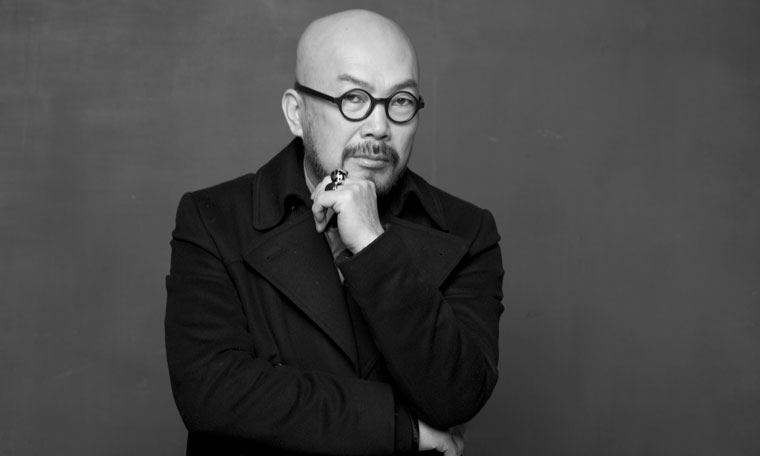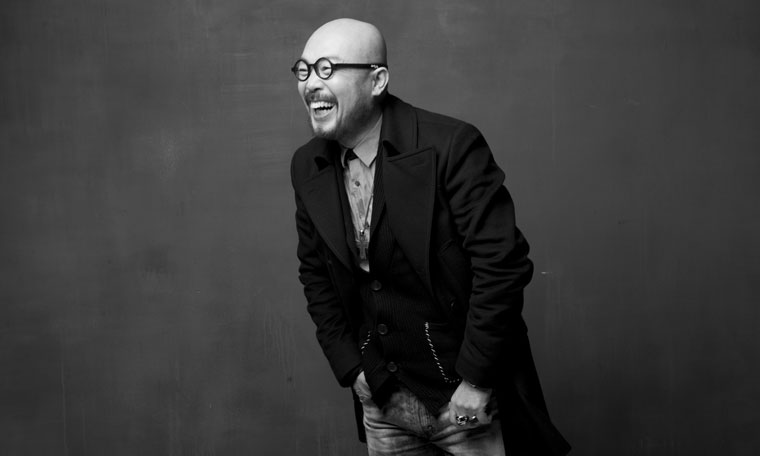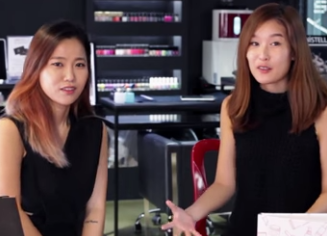Lie Sang Bong is one of Korea’s most famous fashion designers. He is internationally recognized for his signature designs that incorporate Korean poetry and calligraphy and for using a unique architectural perspective to construct garments. After presenting the Lie SangBong collection during Seoul Fashion Week in 1999, he began to show in both Paris and New York and has since been dubbed the “Korean McQueen” for his avant-garde designs. The Klog spoke with Lie Sang Bong to unearth inspirations for his recent collection and the future of Korean fashion.
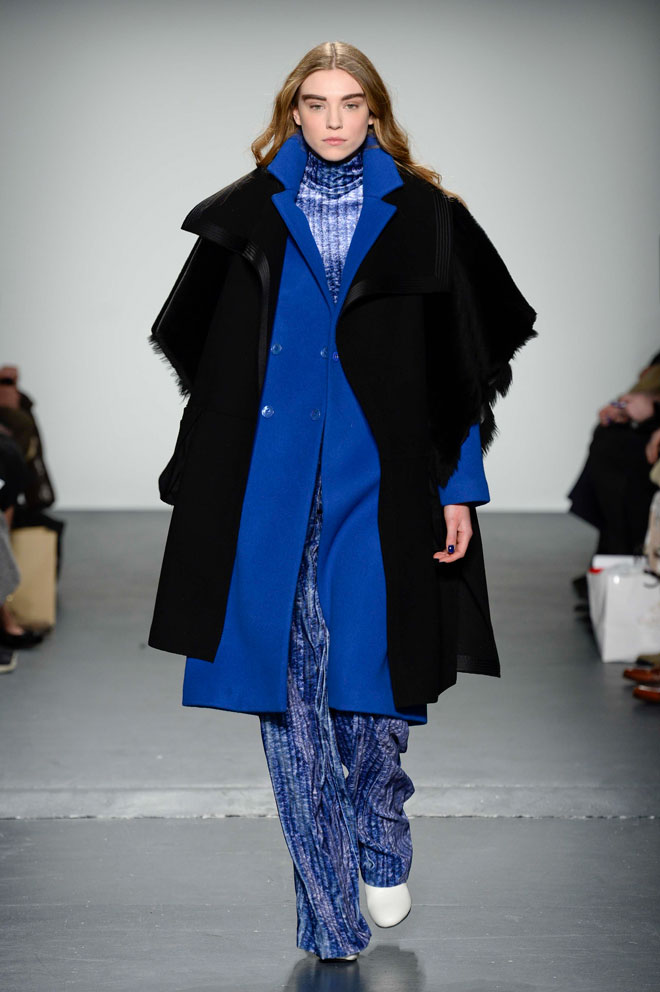
THE KLOG: How did you get interested in designing? Any early influences?
When I was young I was very interested in both art and acting, but I shied away from the stage and chose fashion as my refuge. I’ve never compared, and still don’t compare myself, with other brands or designers. I just always try my best for the situation at hand and try not to get distracted by what’s happening around me.
THE KLOG: Do you remember the first person you thought was truly, deeply stylish? What was his/her style like?
It was Christine Lagarde, the managing Director of IMF. She truly looked special in anything she wore, like it was each piece was made just for her.
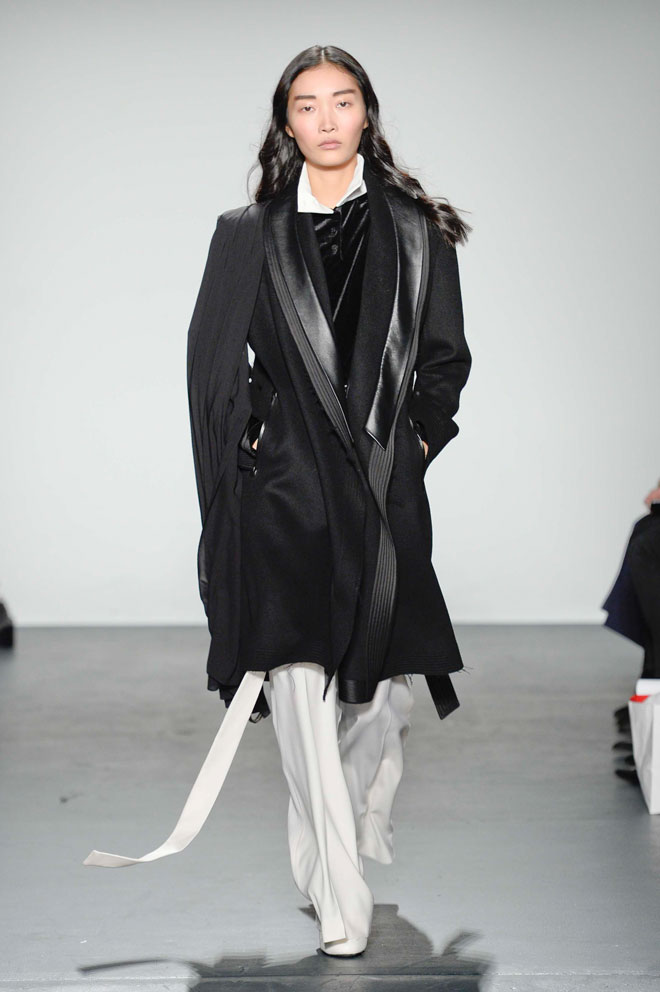
TTHE KLOG: So much of your work is so detailed and handcrafted. That’s not something that’s guaranteed these days, even from luxury brands. Can you speak a little about your atelier and their processes?
The fashion design that I desire is somewhere between haute couture and prêt-à-porter. I have my own personal taste in fashion, but I like to design and create something that can be worn and loved by everyone. I believe many brands have similar processes – designs start from inspiration, patterns, thoughts. I try to make clothes that have stories.
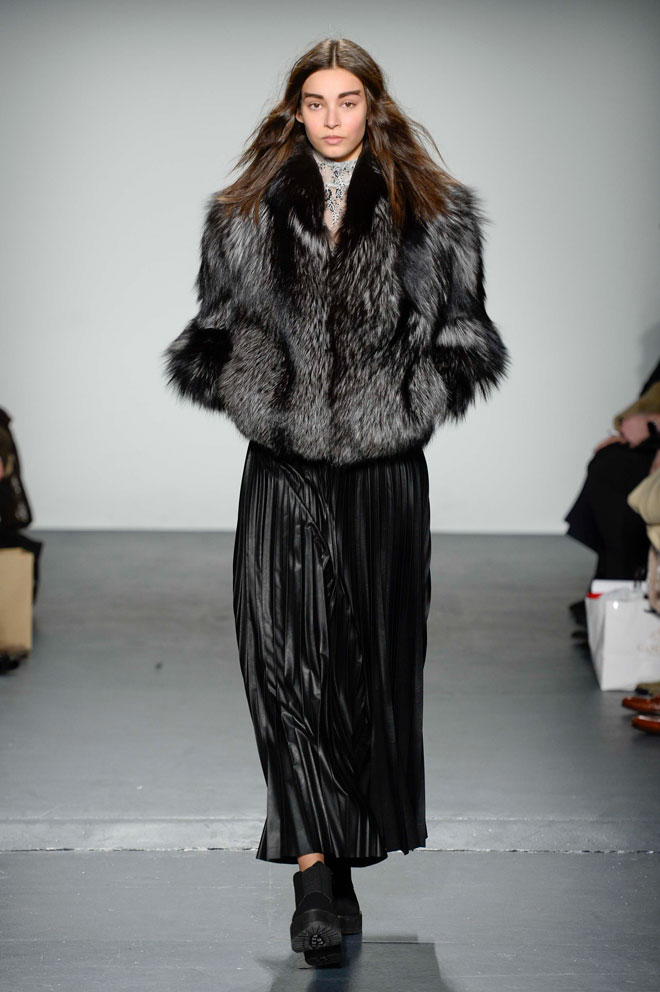
THE KLOG: In your showroom I noticed so many different textures and fabrications and prints. Are they all designed by the house? Could you explain the differences between custom and couture work?
Many pieces from the Lie Sang Bong collections are developed in house, but some materials, such as silk, we consider the graphics and choose the factory for producing. I believe that design is important, but a lot of times the fabrics will dictate some of the design, so I often go to the market to choose fabrics first.
Collection pieces are based on the story and the theme for the specific season, making them easy to mix and match to create their own styles. Couture is more conceptual, detail-oriented, and creative, making the process and outcome completely unique for the wearer.
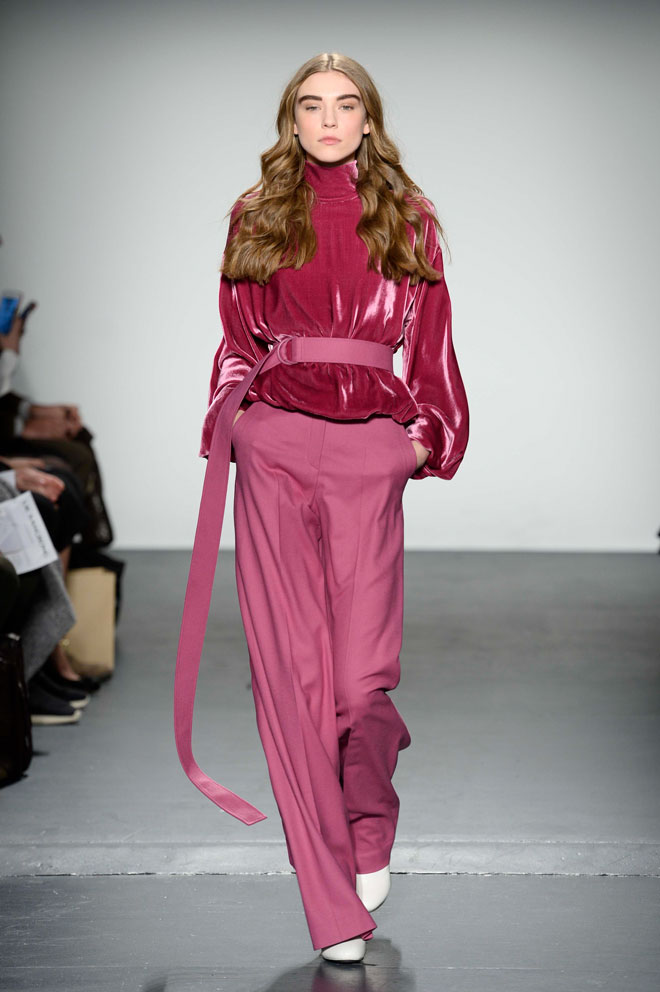
THE KLOG: Tell us about your last collection. What were some of the themes, motifs, and inspiration for last season? What about the coming season?
I blended vintage and classic early 20th century styles together last season. I was originally inspired by Korean historical figures Ahn Joong Geun and Harbin from 1909.
The next collection is still vague, but I’m looking to the 80’s for inspiration. I want to put my own taste, personality and identity in the style.
THE KLOG: Walk us through the basic tenets of Korean style, both traditional and modern? Could you explain how Korean style differs from Western style and other Eastern styles?
Traditional Korean clothes, “Hanbok”, isn’t as tight as Western clothes. Historically, Korea was known for the many types of hats we wore, but since industrialization and modernization, Koreans have moved away from our traditional garments and have embraced Western ways of dressing. In the 80’s and 90’s, designs were very avant-garde due to the impact of European fashion. And in the 2000’s, street style and comfort became more popular.
THE KLOG: How do view the young people and the young style in Korea today? Do you think they’re more adventurous than 30 years ago? What’s your take on the pop and TV stars having so much sway over trends and style?
Young people in these days are really into street style fashion and sportswear. When I see them on the street, many of their styles are very similar. I would love to see those people have a little more diversity. International style icons inspire young people, but it’s designers job to create the styles.
THE KLOG: How have you seen Korean style and the Korean fashion industry change over the 30 years you’ve been working in it? Where do you see it all going in the future?
South Korea has had radical social improvements and received a significant impact of Western civilization. Because of that, Koreans often copied American and European culture and fashion. After the war, Koreans declared democratization and continued their economic development – in turn creating many subcultures in the overall Korean culture. Korean fashion is now representing a new fashion in Asia.
For the latest on Lie Sang Bong, follow the collection on Instagram and visit their NYC Flagship at 30 Gansevoort St, New York, NY 10014.


